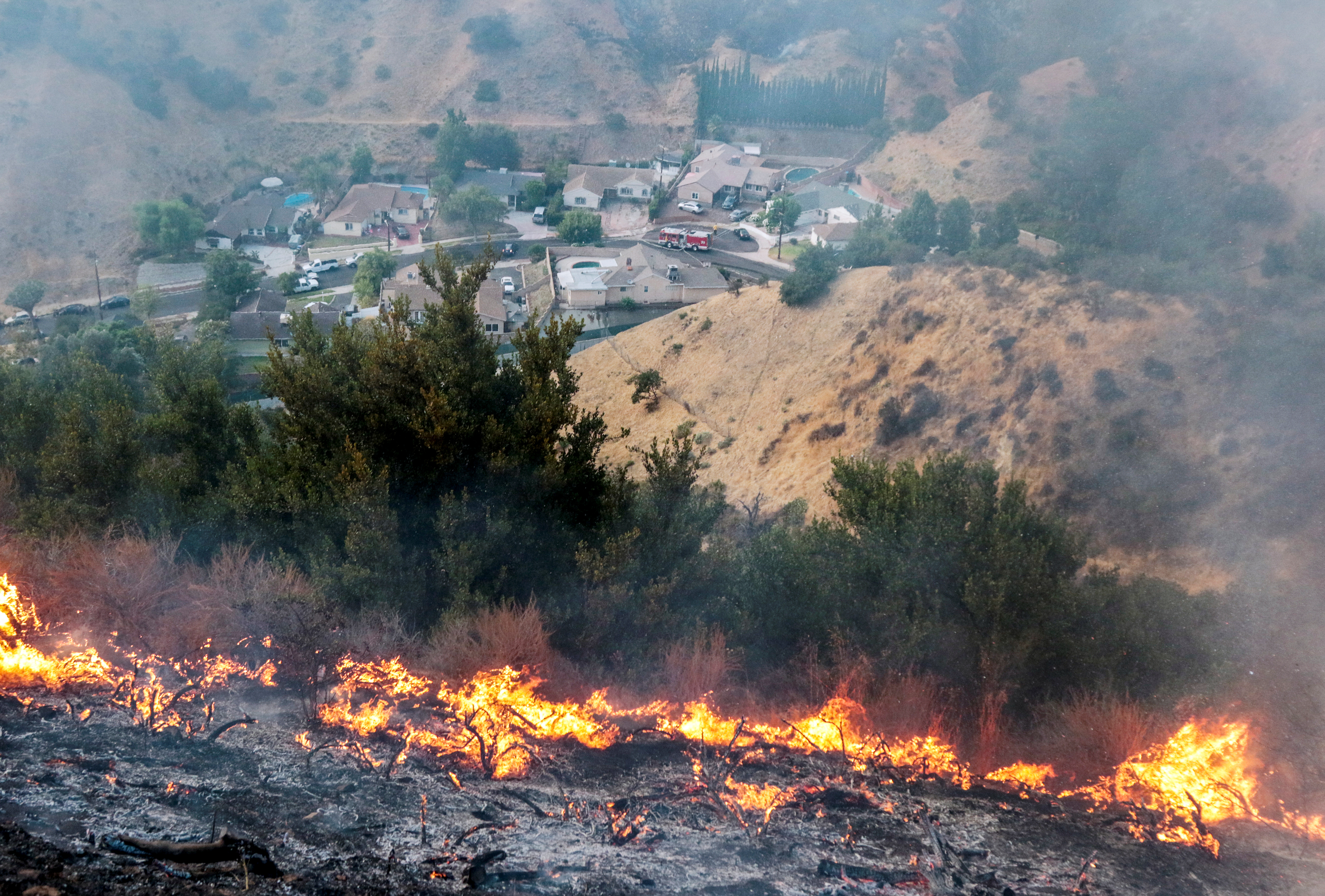
By Mica Rosenberg
(Reuters) – A former top security official who helped put in place a program protecting people brought to the United States illegally as children, is suing the Trump White House as head of the University of California system over plans to roll back the policy.
Janet Napolitano, the former U.S. Secretary of Homeland Security under President Barack Obama, said in a lawsuit filed on Friday that ended the 2012 Deferred Action for Childhood Arrival program, or DACA, violates the due process of about 800,000 beneficiaries, known as “dreamers,” who were granted permits that protected them from deportation.
“The University has constitutionally-protected interests in the multiple educational benefits that flow from a diverse student body,” the lawsuit in U.S. District Court in Northern California said. “If these students leave the University before completing their education, UC will lose the benefits it derives from their contributions, as well as the value of the time and money it invested in these students.”
The lawsuit also argues Trump did not follow the proper procedures needed to cancel a program of this magnitude.
California has more DACA recipients than any other state, many are in their 20s and are current students.
“They’ve grown up here, they’ve gotten their educations here, many of them don’t even speak the language of the country to which they would be deported if this decision were allowed to stand,” Napolitano said on a call with reporters.
The legal challenge comes on top of a separate lawsuit filed earlier in the week by 16 Democratic Attorneys General saying the president’s decision to end the program was based in part on racial animus towards Mexicans, who are the largest beneficiaries.
Department of Justice spokesman Devin O’Malley gave the same comment about Napolitano’s lawsuit as he did in response to the lawsuit by the states. Attorney General Jeff Sessions in announcing his decision to end the program said it was “inconsistent with the Constitution’s separation of powers.”
Obama enacted DACA through an executive action implemented by the Department of Homeland Security after Congress failed to pass legislation.
“While the plaintiffs in today’s lawsuit may believe that an arbitrary circumvention of Congress is lawful, the Department of Justice looks forward to defending this Administration’s position,” O’Malley said in a statement.
Trump, who delayed the end of the program until March 5, shifted responsibility to a Congress controlled by his fellow Republicans, saying it was now up to lawmakers to pass immigration legislation that could address the fate of those protected by DACA. Trump’s move was criticized by business and religious leaders, mayors, governors, Democratic lawmakers, unions and civil liberties advocates.
Legal experts have said that court challenges to Trump’s actions could face an uphill battle, since the president typically has wide authority when it comes to implementing immigration policy.
(Reporting by Mica Rosenberg in New York; Additonal reporting by Yehaneh Torbati; editing by Grant McCool)












